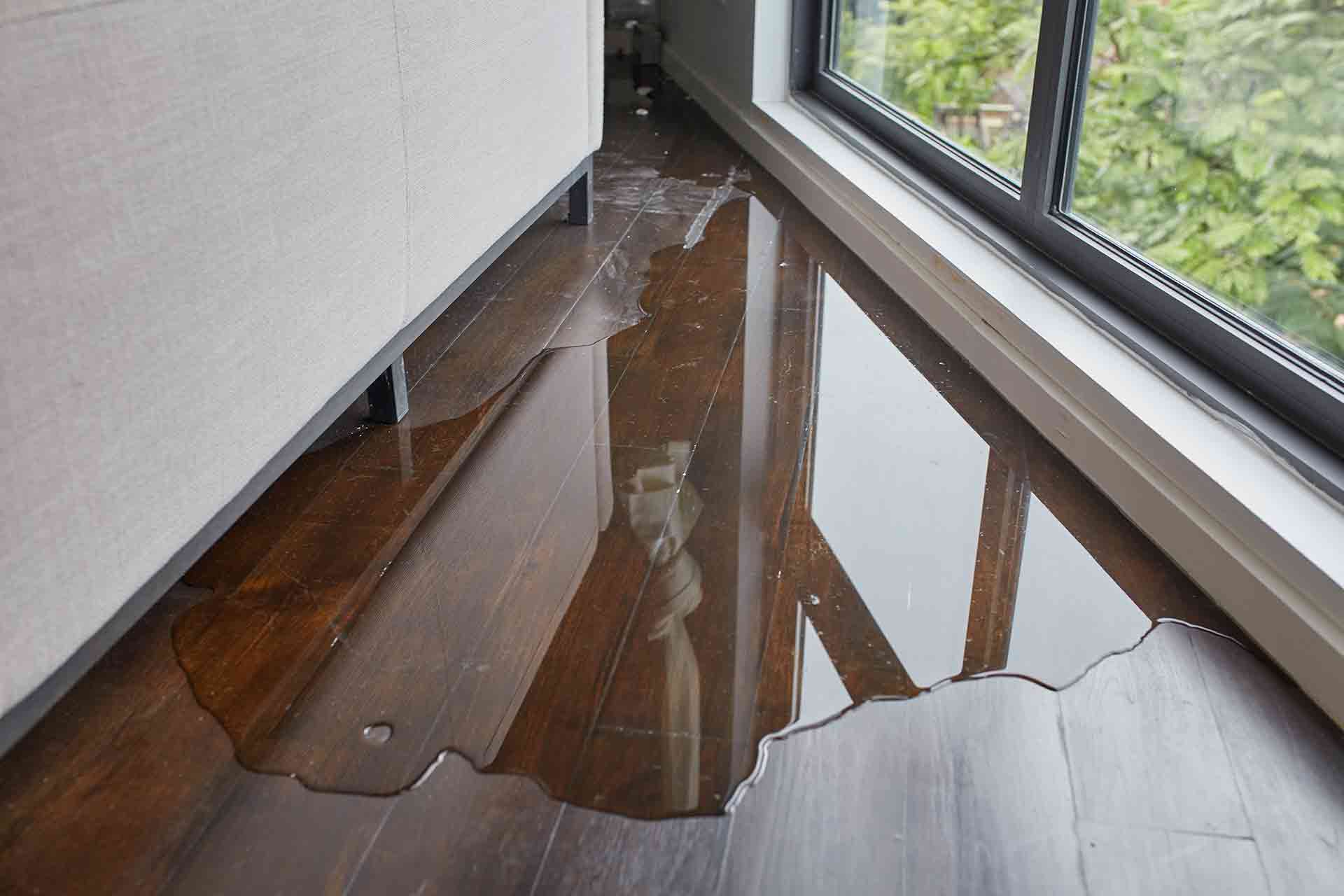Stopping Water Damage in the Bathroom
Stopping Water Damage in the Bathroom
Blog Article
Have you been hunting for ideas concerning How to Repair and Prevent Bathroom Water Damage?

The washroom is exceptionally at risk for moist accumulation and potential water damage due to the frequent use of water in it. This short article offers straightforward examination methods to help spotting water damage threats.
The regular use of water in the washroom makes it exceptionally susceptible for wet build-up and also prospective water damage. By inspecting it consistently, you can minimize water relevant problems.
The following collection of assessments is easy to execute as well as should be done as soon as in every three months in order to maintain your shower room healthy as well as to avoid potential water problems brought on by the tub, the shower, pipe joints and plumbing, sinks, closets, and also the bathroom
Do not neglect doing these evaluations and also be extensive while doing them. Bear in mind that these easy inspections can conserve you a great deal of money by providing very early indicators for water damage
Sinks and also Cabinets
Sinks as well as cabinets are revealed to dampness and moisture everyday and are commonly ignored. Inspect consistently under the sink as well as on the countertop over it. Repair any kind of drip in the trap as it might suggest drainpipe problems. Browse the sink, slow draining pipelines may show a blocked drainpipe. Replace sink seals if they are split or loose.
Tub and Shower
The shower and bath tub require unique attention as well as upkeep. Inspect the floor tiles and change if cracked. Make certain that there is no missing out on grout in between the tiles. Examine and also replace split caulking at joints where the walls satisfy the flooring or the bathtub. Blocked drains pipes and pipes troubles will stop the bath tub from drying as well as might show major issues under the bathtub. Talk to a specialist instantly to stop architectural damages. Pay attention to discolorations or soft areas around the tub wall surfaces as they might show an internal leak.
Plumbing
Signs for water damage are hard to discover considering that many pipelines are set up inside the wall surfaces.
Pay unique focus to floor covering and also walls moisture and also stains as they may indicate an unnoticeable plumbing problem. Check moisture levels in adjoining rooms as well.
The Bathroom
The toilet is a susceptible water junction. Check the water lines and search for leaks around the toilet seat, in the hose, and under the water tank. If you identify any kind of signs of moisture on the floor around the toilet, check for leaks in the toilet rim as well as tank seals.
Understand that hanging bathroom bowl antiperspirants increases the chances for clogs.
Water Damage Signs In The Bathroom To Avoid Cleanup
Musty smell
This is one of the easiest signs to catch because musty smells are so odorous. The damp, earthy, moldy smell should be a big red flag. The smell will develop when moisture gets trapped in surfaces, and begins to facilitate mold growth. Leaking pipes under cabinets, inside walls, and behind shower fixtures will cause moisture to stay trapped and not dry, which will lead to mold growth and spread. As soon as you notice any musty smells in your bathroom, have it checked for hidden water damage and cleanup signs.
Visible mold
If the smell isn’t there to give it away, sometimes you will actually see mold growth. Finding mold in your bathroom is a serious problem, because mold is very harmful to your health. By the time mold growth is visible, it also means that water damage has already occurred and been present for some time. The only way the mold problem can be resolved is to find the source of the moisture and get it stopped. To safely and adequately remove mold, you need to have professionals handle the remediation. Do not waste any time in getting mold problems addressed, fixed, and sanitized so that you can protect you and your family from the many respiratory symptoms caused by mold exposure.
Damaged floors
Bathroom floors should be able to withstand some exposure to water while still remaining in good condition. However, when excess exposure or water leaks occur, they will begin to damage even the most water-resistant flooring. If you notice any cracking, bubbling, staining, or warping on your bathroom floors, there is probably a water leak somewhere causing the distortion. If you notice areas of the floor have become softer, or even have a spongy feeling, there is probably damage to the subfloor. Subflooring is typically made up of plywood. When plywood is exposed to water or moisture, it will absorb it. Once it has become saturated, the weight of the excess water will cause the wood to swell and soften. Check the floors in your bathroom frequently to catch any of these sings before they lead to damaged subflooring.
Changes on walls
When water leaks behind walls, it will cause changes in the drywall. Peeling plaster, blistering paint, and soggy wallpaper are all good indicators that excess water is building up behind the wall. Water leaking behind drywall will cause it to swell and be soft to the tough. If you start to notice gaps along the trim of your walls, or where tile meets the wall, it could also be a strong indicator that there is a leak behind the wall. Any changes, distortion, or damage on the walls should be evaluated as soon as you notice it to prevent further water damage and cleanup.

I ran across that review on Common Causes of Water Damage in a Bathroom while doing a search on the web. Enjoyed reading our content? Please share it. Let others discover it. Thanks so much for taking the time to read it.
Rates Report this page